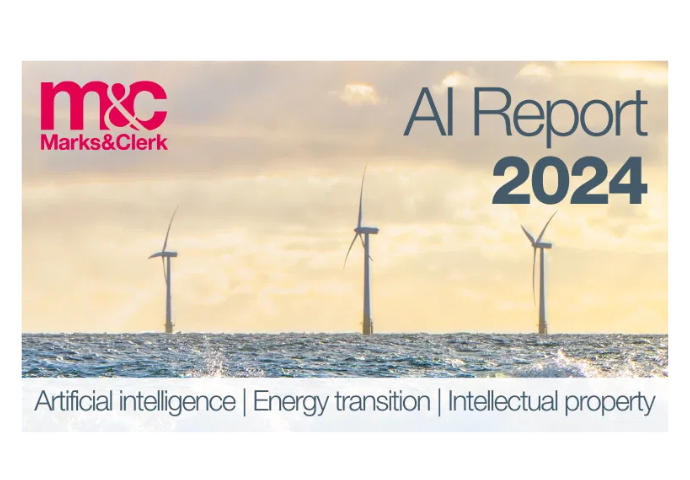Findings from its latest AI Report reveal that AI innovations tied to green technology are rapidly advancing, with patent filings up 35% in 2023 – despite a slowdown in overall AI filings. The European Patent Office (EPO) is demonstrating critical institutional support for this trend, granting green AI patents at higher rates than ever, as innovators increasingly focus on technologies that power the energy transition. From optimising renewable energy grids to slashing emissions, AI is proving to be a critical driving force behind the sector’s transition to net-zero.
When it comes to AI patent leadership, the US continues to lead overall AI applications at the EPO. However, European companies dominate in the green AI space, filing 50% more applications than their US counterparts. Whilst US companies are largely focused on technologies related to climate change adaptation and resilience, Europe has taken the lead in energy conservation, aligning with its strong regulatory and policy focus on energy efficiency.
Although green AI patents currently represent just 4% of all AI filings, their rapid growth in the last year conveys their importance in the context of the global energy transition. The trend gives a clear signal to investors and policymakers that the intersection of AI and sustainability can usher in the future of energy, with breakthroughs already reshaping how energy is produced and consumed.
The report also reveals that patents in the energy sector are increasingly serving a dual purpose. Promisingly, in addition to the traditional role of protecting innovations from competitors, patents are also being utilised to establish industry standards that enable the rapid deployment of nascent technologies.
Tomas Karger, partner at Marks & Clerk, comments on this trend:
“Patent pooling and licensing initiatives hold the potential to accelerate the commercialisation of new technologies and in doing so, promote faster deployment of green AI solutions These strategies also promote sustained capital investment in green AI innovations. It’s clear from this year’s report that AI is not just transforming technology, but driving a cleaner, greener future for the energy sector. If we draw a parallel with the telecommunications industry, where patent pooling has historically enabled rapid deployment, we should be confident that the energy industry can follow suit.”
That said, green AI innovation in some of the key sectors driving the energy transition – such as geothermal, wind, and hydro – demonstrate relatively low patent publication activity. Several factors could explain the trend, including the high infrastructure costs associated with these sectors, the physical challenges involved in implementing AI technologies in these areas, and stricter regulatory environments. By contrast, the sectors with the highest number of publications were fuel cells, biofuels and solar.
Beyond pressure on the energy sector to embrace innovations that can accelerate the transition to net zero, new regulation will also play a role in the continued prominence of green AI patent filings. The EU AI Act includes provisions that encourage the development and deployment of AI technologies that contribute to sustainability and climate goals. The correlation between the rise in green AI patent filings and the regulatory environment created by the EU AI Act reflects the EU's dual commitment to sustainability and technological innovation.
Mike Williams, lead partner in AI at Marks & Clerk considers how the shifting regulatory environment will impact green AI innovation:
“AI regulations are advancing at pace in several major markets. While companies wait for the exact impact of these regulations to unfold, the importance of IP protection in green innovation is already clear. It is encouraging to see the powerful growth in patent applications for AI green innovations. This demonstrates that companies are increasingly looking to apply the AI advances made in the last two decades to developing solutions to global environmental challenges. This is clearly still a nascent and developing area, but given the scale of the problem, the societal and financial rewards these innovations could offer are unmatched. Both the US and UK patent offices offer favourable treatment for green innovations, which should further bolster growth in this space.”
This is Marks & Clerk’s fourth annual AI Report, which uses EPO data to identify global trends in AI patent applications and provide analysis from the firm’s team of world-leading AI specialists.



